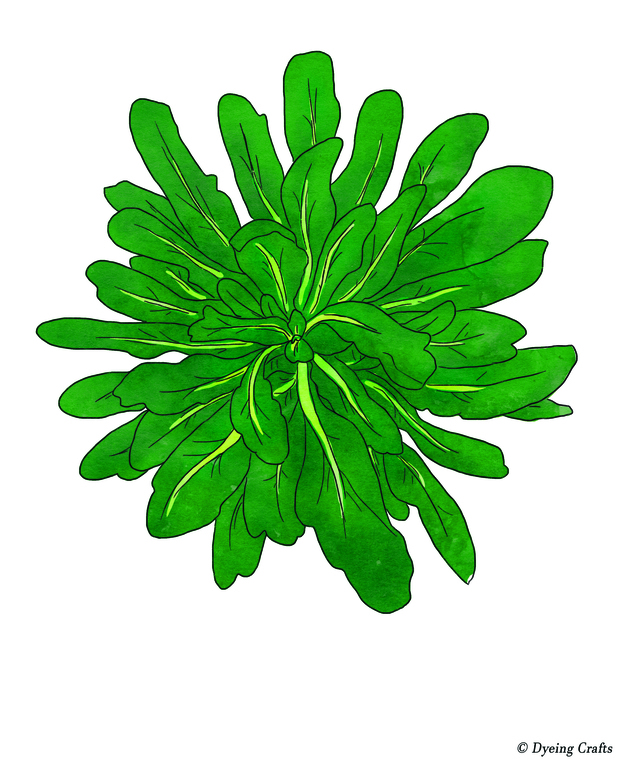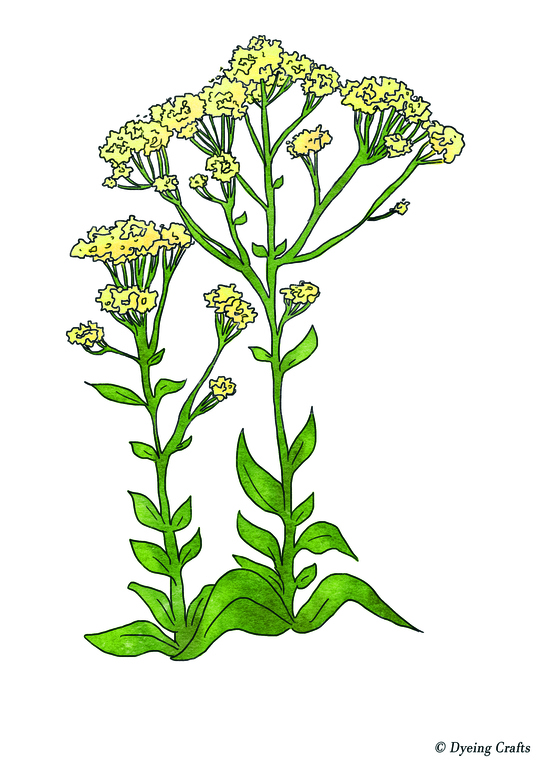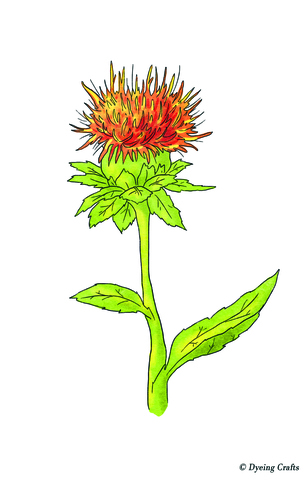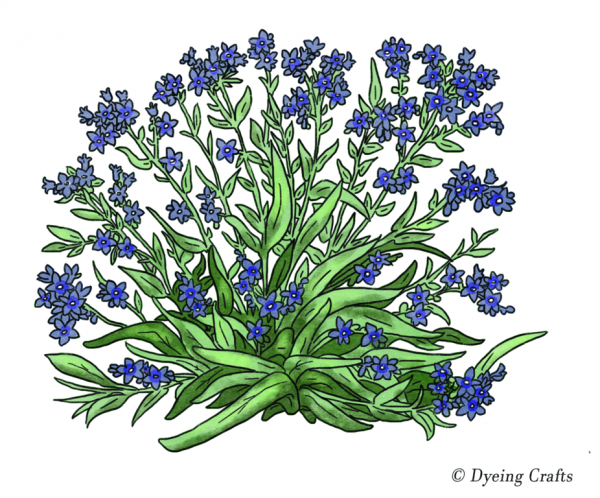Description
Isatis tinctoria
Woad has been used for thousands of years to dye wool and other natural fibres. It is native to Northern Europe and the British Isles. It is closely related to broccoli and cabbage.
Dyeing with woad is more complicated than with other natural dyes – you could say it is in a class of its own!
Sowing
Sow the seeds – thinly space directly in shallow drills in late winter – late spring or from late summer-autumn. Lightly cover with soil and water well. Woad germinates in 1 – 2 weeks. Thin or transplant seedlings when large enough to handle spacing about 30cm (12 inches) apart.
Rotate annually as woad plants are susceptible to clubroot. Woad requires plenty of nitrogen if it is to yield a deep blue pigment so fertilize with dried blood and bone meal. The leaves are harvested when fully grown and they can be harvested 3 – 4 times annually.
Plants self-seed rapidly – although tend not to thrive well if grown in the same position for more than two consecutive years. To prevent self-seeding cut back all but one or two flower stalks as these will provide all the seeds you require for the following season.
To harvest cut leaves from the first year woad plants with secateurs. Woad planted in November can be harvested from the end of Jue until early august. Seeds planted in March can be harvested from July until September.
1g approx 150 seeds – £3.25
Additional information
| Weight | 0.002 kg |
|---|








